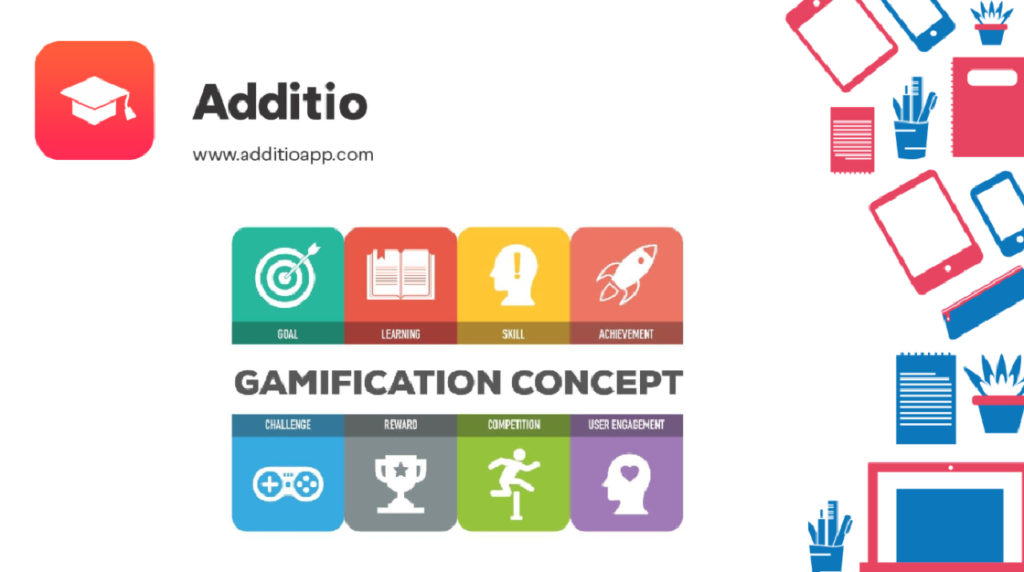With the enactment of the educational law LOMLOE in Spain, the concept of key competencies has gained prominence. Key competencies encompass the knowledge and skills that students should acquire throughout their educational journey, enabling them to successfully navigate everyday life, social interactions, and the workforce. These competencies are cross-cutting, without a hierarchical order, and are cultivated holistically across various subjects and disciplines. In today’s blog post, we will explore how to foster students’ digital competency, one that is particularly crucial due to its significance in contemporary society.
Keep reading to discover the advice we have for you!
What does digital competency entail?
Within the framework of the LOMLOE educational law, digital competency is one of the eight key competencies integrated into the curriculum. But what exactly does it entail?
Digital competency aims to develop students’ ability to make secure, responsible, and critical use of digital technologies, not only in an educational context but also in the realm of work and societal engagement.
Some of the topics encompassed by this digital competency include:
- Digital content creation.
- Digital security.
- Privacy.
- Intellectual property.
- Education on data and information.
- Communication.
- And more.
Overall, the development of students’ digital competency aims to empower them to conduct internet searches with a critical mindset, selecting content that is most valid and reliable. It also seeks to equip students with tools to generate their own digital content and collaborate effectively with peers. Lastly, a crucial aspect is ensuring that students are aware of the risks associated with technologies and the internet, thus promoting responsible and appropriate usage.
Hence, it is of utmost importance to incorporate content in the classroom that fosters the development of students’ digital competency. This preparation not only facilitates the proper utilization of technologies in the classroom but also equips students for their daily lives.
Tip 1: Assess the use of credible and reliable sources in projects
As mentioned earlier, digital competency is not confined to a single subject or specific area of the curriculum. Rather, it is a transversal skill that should be cultivated across all subjects and disciplines. While this might seem daunting at first, we have good news: digital competency encompasses such a broad spectrum of aspects that no subject is exempt.
One way to assist in the development of students’ digital competency across any subject is by integrating the use of credible and reliable sources as evaluation criteria for the projects undertaken in class.
Therefore, you can infuse digital competency into your teaching by encouraging online research. When students engage in this process, they will need to assess the reliability of the sources they use for their projects. This exercise will prepare them to identify inaccuracies and employ critical thinking to determine which sources of information are genuinely useful for their projects.
Moreover, you can easily evaluate this by including such criteria in your grading rubrics on Additio App, as exemplified in the following screenshot:
Tip 2: Leverage technology and the internet as allies in the classroom
Another method to develop students’ digital competency is by incorporating the use of computers, tablets, and the internet in the classroom for various online activities related to your subject matter.
In doing so, it is essential to define the boundaries of technology use, clarifying to students what is permissible and what is not when it comes to using computers/tablets and the internet.
Once these boundaries are clear, you can design activities that involve online participation. For instance, you can create interactive quizzes for students to complete using their computers. You can also encourage the use of collaborative online tools for team projects, such as Google Drive. Through these tools, students will learn how to make proper use of them and understand the importance of collaboration in the current digital landscape.
Additionally, you can motivate students to use computers/tablets to seek further information about topics covered in class, fostering critical thinking to discern between accurate and inaccurate content. As an educator, you can guide them in choosing reliable content and provide tips for improving their selection process.
Tip 3: Address the dangers of social media from within social media
Social media platforms often spark debate in the educational realm due to the perception that their drawbacks outweigh their benefits. However, did you know that an effective way to enhance students’ digital competency is by addressing the dangers of social media through their actual use? This might sound counterintuitive, but let us explain why.
Young individuals are increasingly exposed to (or misusing) social media from an early age. Despite some platforms setting minimum age requirements, adhering to these regulations is easily bypassed, and we are witnessing more and more children using platforms like Instagram, TikTok, and Twitter.
While it might appear counterproductive, incorporating the use of social media for classroom projects can be a valuable opportunity to raise awareness about their dangers and provide guidance on their ethical and responsible use. For instance, you can encourage students to present their projects using an Instagram profile (as demonstrated in this rubric from Additiopedia). Such projects will not only boost students’ engagement with the activity but also enable you to offer advice on the ethical and responsible use of social media.
Are you willing to give it a try?
Tip 4: Encourage the use of digital tools for content creation
A final piece of advice to help foster students’ digital competency, regardless of the subject you teach, is to encourage them to create digital class content using technology.
This involves teaching them how to select the most suitable tools for their intended tasks. There are numerous tools available that students are likely to find appealing, such as Genially, Canva, and Google Drive.
Once they have grasped this concept, motivate them to present their class projects and activities using presentations, videos, images, or other types of digital content. This approach will teach them to synthesize the information and knowledge acquired in class and create content that reflects their sound understanding of the subject matter.
Ensure that you guide your students in the proper and secure use of the tools they choose, explaining concepts such as data privacy and intellectual property.
How else do you integrate digital competency into your subject?
Are you a math, biology, literature, or English teacher? Regardless of your subject, you will undoubtedly find ways to work on and enhance your students’ digital competency. Share your strategies with us on our social media platforms: Facebook, Twitter, Instagram and Youtube.
Stay tuned for more advice on fostering additional key competencies among your students.
Stay tuned!





